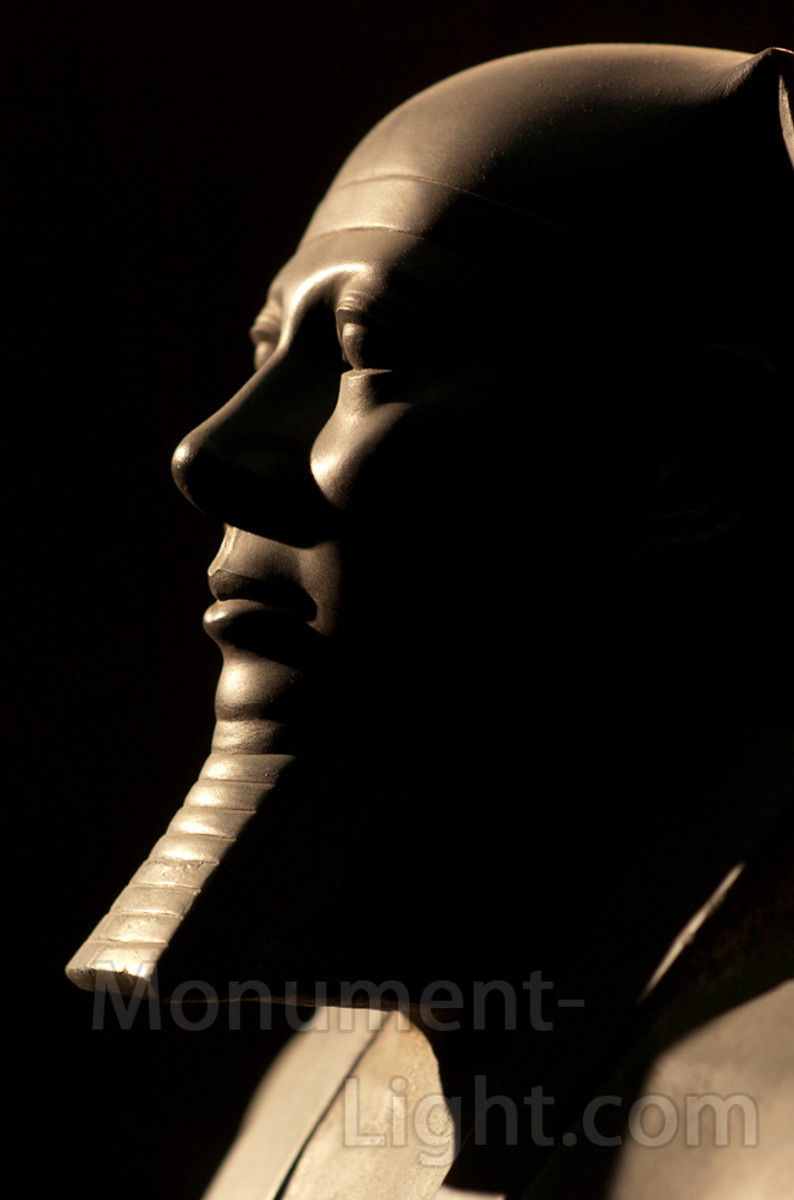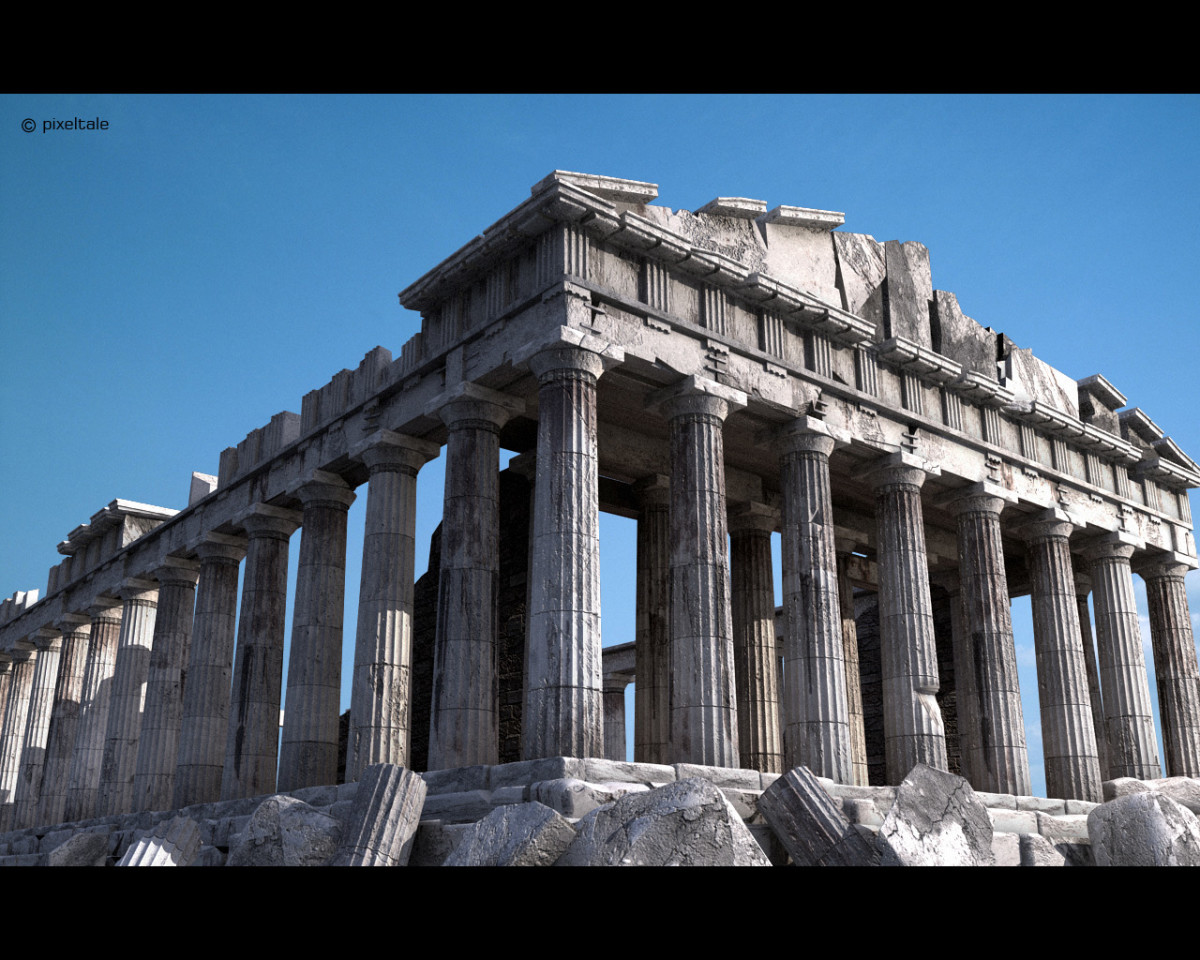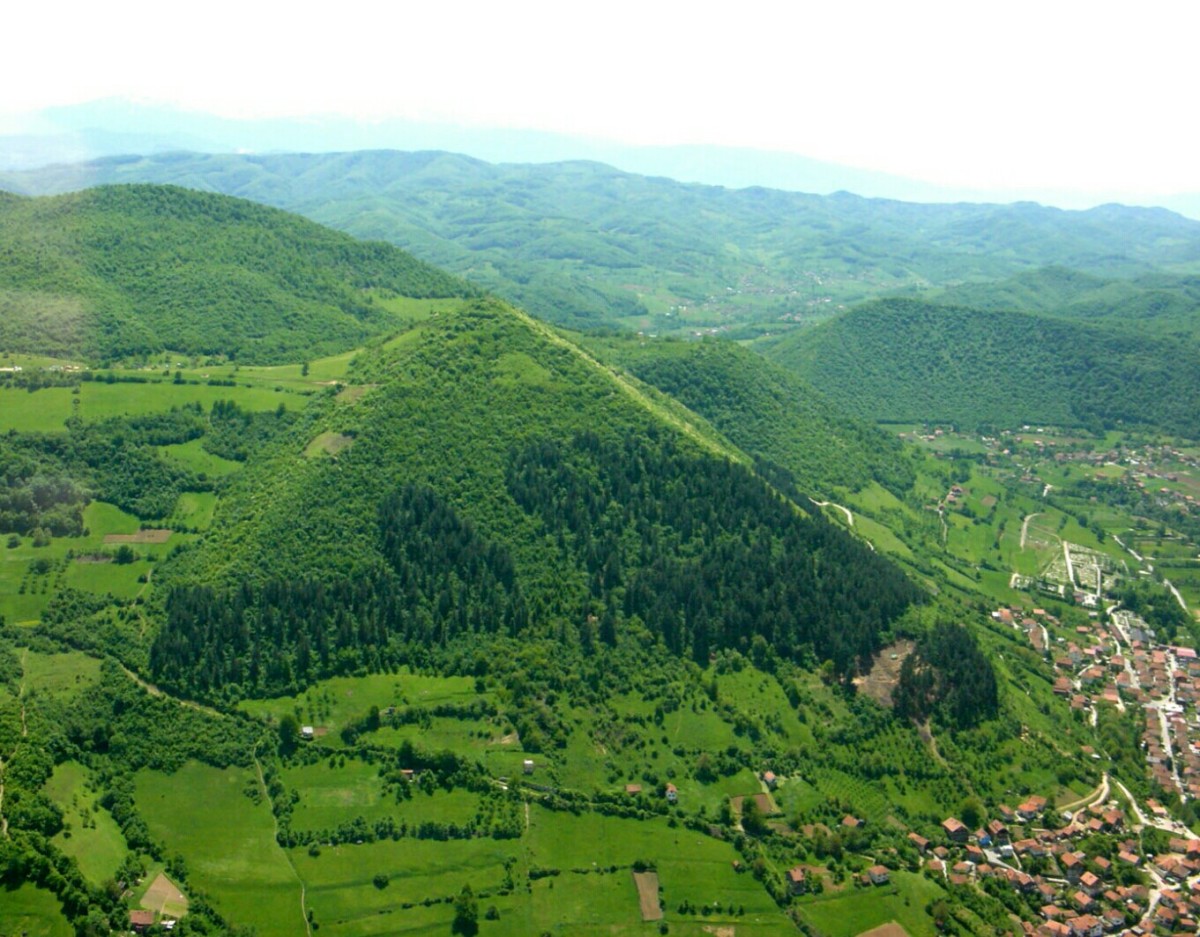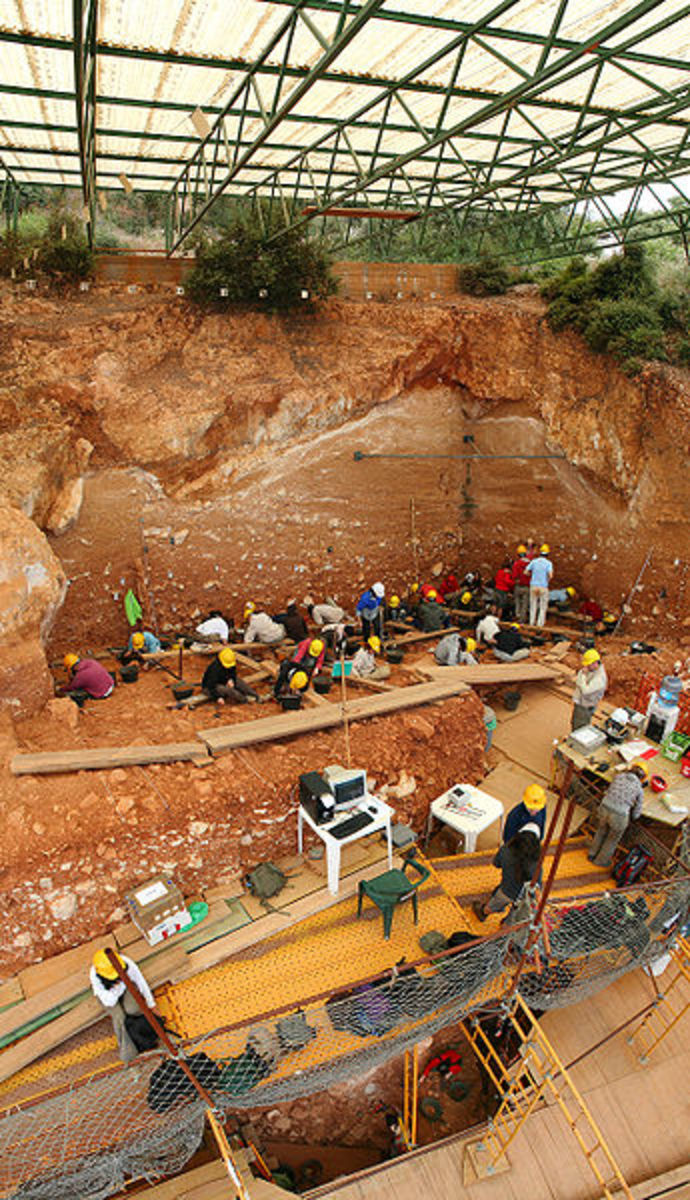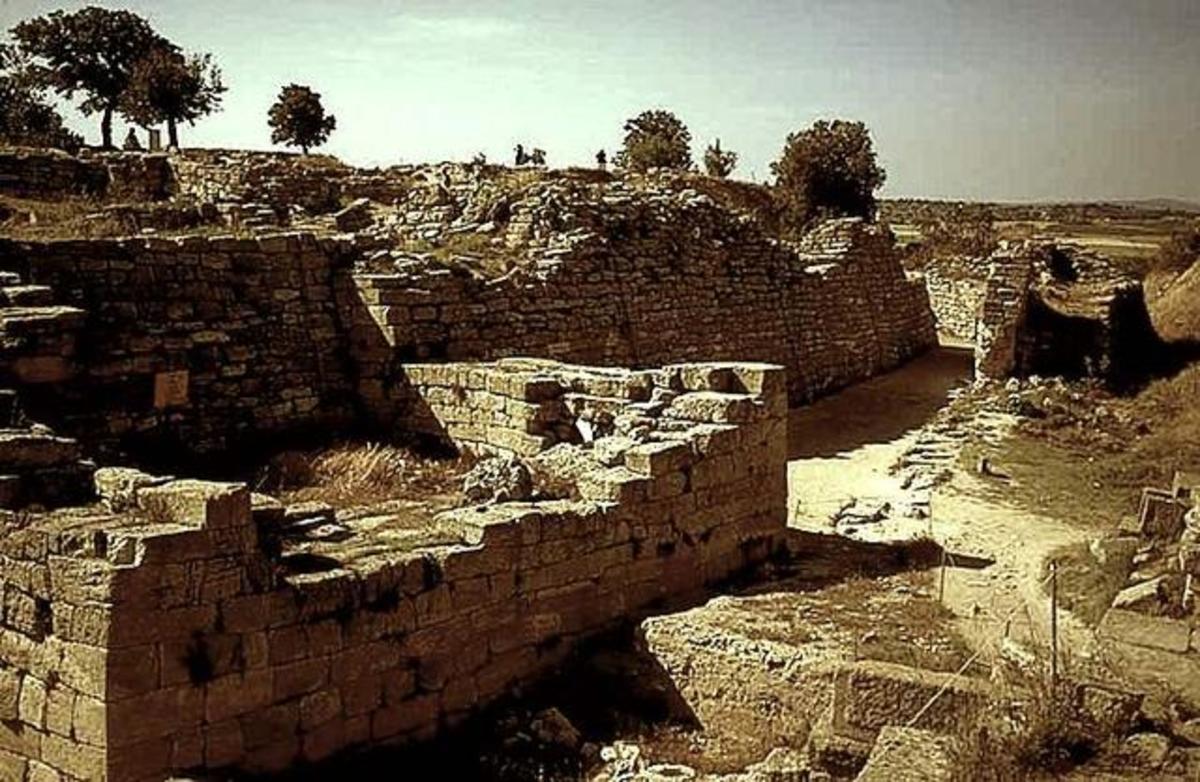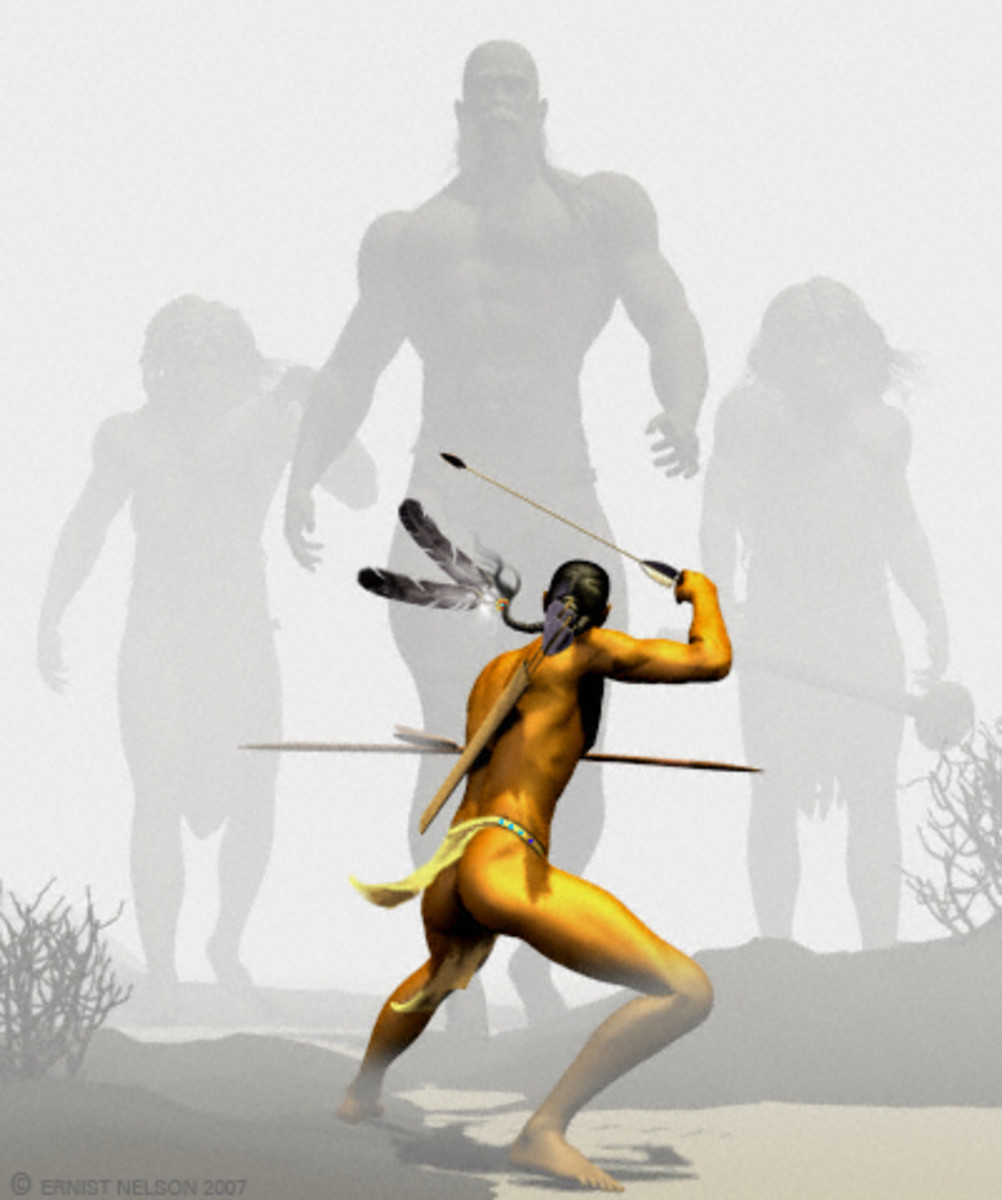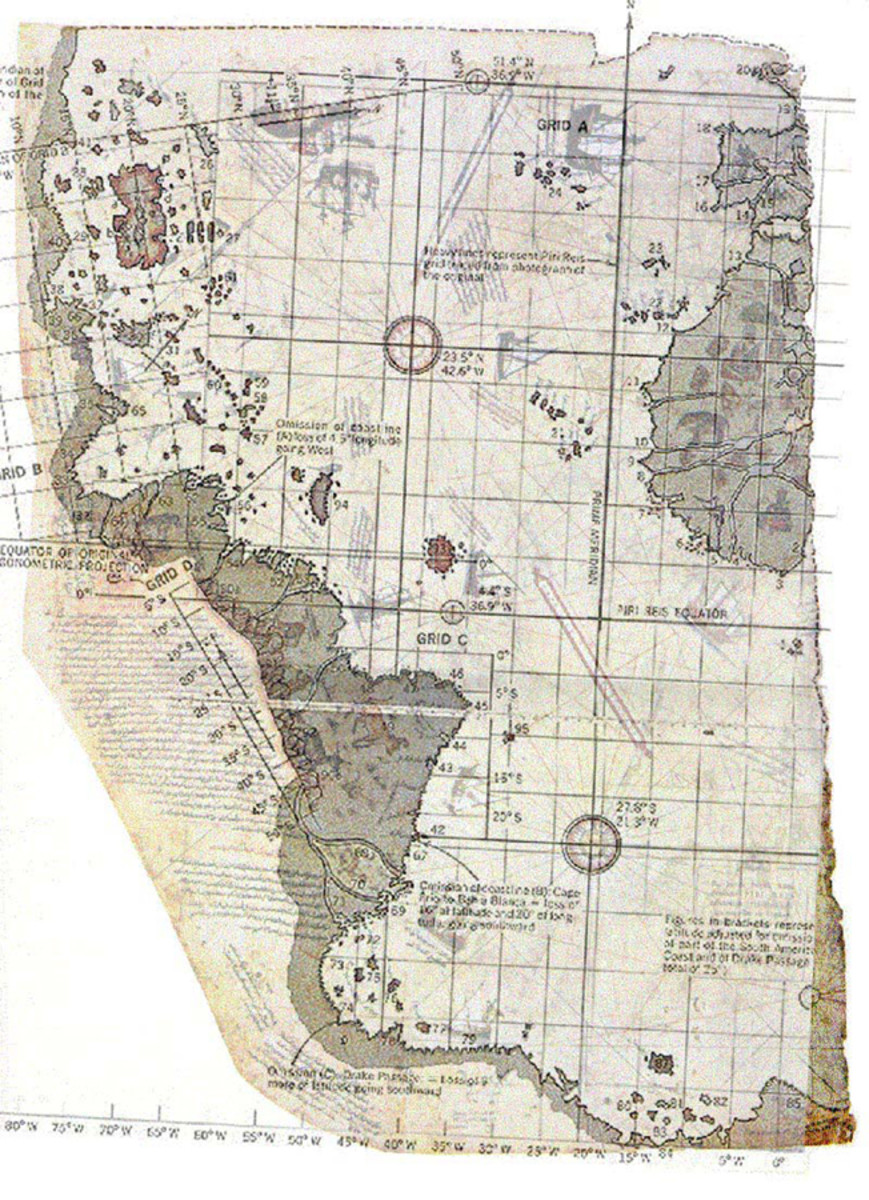Belzoni & Champollion: Famous Archaeologists who Died too Young
Abu Simbel
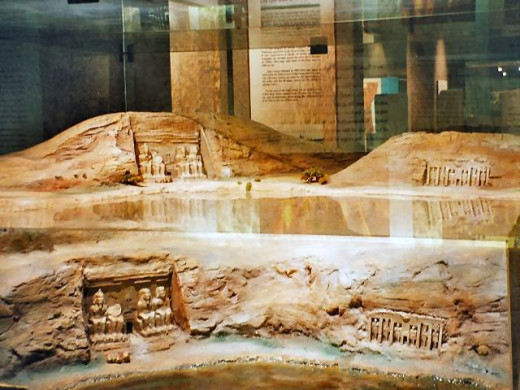
Belzoni Biography

Famous Archaeologists
Giovanni Belzoni and Jean-Francois Champollion were responsible for incredible discoveries in Egyptology. They were pioneers of archaeology who no doubt would have gone on to accomplish even more had they lived. Even though they died young they both led fascinating lives.
Belzoni was responsible for the clearing away of the deep blanket of sand that covered the Temple of Abu Simbel among other achievements. Champollion was the famous translator of the Rosetta Stone, which has its own remarkable story of discovery.
It has been said that ancient curses may have been responsible for the many natural and unnatural deaths that occurred among the ranks of earlier Egyptologists (Howard Carter among them). Such speculation is interesting but the context of the times was most likely responsible. The conditions were harsh, medical science was not advanced in Egypt or Europe and the level of hygiene was very poor in remote places in Egypt during the 1800s.
Abu Simbel - both Temples
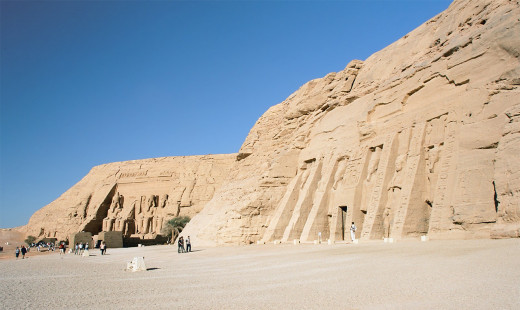
Footage of the Gorgeous Nile at Aswan and Abu Simbel
Died too Young
Giovanni Belzoni (1778 - 1823), famous for uncovering the Great Temple at Abu Simbel in Egypt, died from an attack of dysentary, aged only 45. Jean-Francios Champollion (1790-183), famous for his translation of the Rosetta Stone, died of a stroke, aged only 41.
More Belzoni Adventures

Giovanni Belzoni (1778 - 1823)
Belzoni is one of the less well remembered founders of archaeology. He was a great explorer, sometimes called a 'tomb-robber' as his methodology, like many founding archaeologists, often caused damage and he was more interested in collecting than stuyding what he found. Belzoni was the first to enter the heart of the second pyramid at Giza. He was also the first European to go to the oasis of Siwah. Belzoni discovered the ruined city of Berenice on the Red Sea as well as being the man who swept the sands from the Great Temple at Abu Simbel. Belzoni and men like him were the inspiration for feature films along the lines of the 'Indiana Jones' movies.
Belzoni was born in Padua (North-eastern Italy) the son of a barber. He was an exceptionally tall and well-built man (6ft 7). He led the life of a wanderer from an early age. He was skilled as a barber and an actor. He wanted to become a monk and even joined a monastery at one time, but then made a decision to learn about hydraulic engineering. He was married and living in circumstances of great poverty in London in his mid-twenties when he became a circus act (the 'Strongman') in order to make ends meet. He first met Henry Salt, a later patron, during this period.
Belzoni arrived in Egypt in 1815. His plan was to sell a new design for a water wheel to the ruler (Pasha Mohammed Ali). The Pasha was not buying and instead Belzoni began to work for Henry Salt, the British Consul-General in Cairo. Belzoni's first job for Salt was to transport the massive upper section of a statue of Ramesses II from a site near modern Luxor to the British Museum in London (where it still is). He used his engineering skills to accomplish this feat. When he arrived back in Egypt his next feat was to discover the tomb of Ay (Tutankhamen's successor) at Karnak Temple. He then went on to clear away the sand that had covered the Great Temple at Abu Simbel in February 1817. Then in October 1817 Belzoni discovered the unfinished tomb of Prince Metuherpshef (son of Ramesses IX), the tomb of Ramesses I (founder of the 19th dynasty), and the tomb of Seti I (father of Ramesses II), all in the Valley of the Kings. Belzoni then went to Giza where in 1818 he was the first in modern times to reach the interior of the second great pyramid (the Pyramid of Khaefre) by discovering the hidden entrance on the pyramid's North face. The internal wall of the pyramid still bears the inscription "2 March 1818" made by Belzoni on the day he entered it.
Belzoni's next adventure was a trip to the Red Sea where he discovered the ruins of the Greco-Roman port of Berenice. Belzoni then took a commission from William John Bankes to obtain a fallen obelisk from the island of Philae, in the Nile near Aswan. Despite opposition from the French, he got it and it still stands today in the Dorset gardens of Bankes. Belzoni took off again, this time into the Western Desert in the direction of Libya trying to locate the oasis of Jupiter Ammon. During the early 1820s he published a series of memoirs (some of which became bestsellers) and successfully staged an exhibition of his finds. He became a celebrity in Regency London and all things Egyptian were suddenly extremely fashionable because of him. He even went to Russia in 1822 to meet Tzar Alexander I before setting off on his last adventure. He died of dysentery on this adventure, trying to discover the lost city of Timbuktu.
Join Zahi Hawass Inside the Mysterious Tunnel in the Tomb of Seti I (excavated by Belzoni)
The massive head of Ramesses II
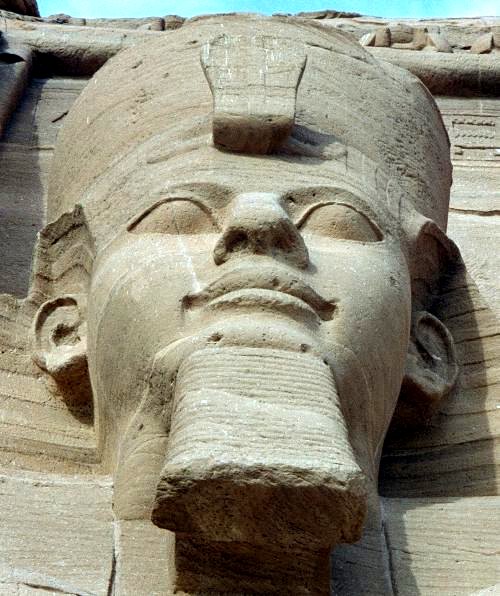
Champollion's notebook

Champollion's Diaries

Jean-Francois Champollion (1790 - 1832)
Champollion is one of the most famous of all archaeological figures. He was a rare genius, a gifted scholar of languages, a 'code-breaker extraordinarire'. The Rosetta Stone (a stela dating from the Ptolemaic era) discovered in 1799, contained dialogue in three ancient scripts, Hieroglyphics, Egyptian Demotic and Greek. It was Champollion's work in "cracking the code" of the Rosetta Stone in the early 1820s that created an entirely new era in Egyptology.
Born less than one year after the French Revolution, Champollion grew up in the town of Figeac in South-west France. He was a gifted child, learning the Italian, Hebrew, Syriac, Chinese, English, Latin, Greek, Arabic, Coptic and Chaldean (among other) languages before being appointed as an Assistant Professor of History at the Grenoble Lyceum at the age of 19. He went on to become a renowned academic, publishing many works. Champollion was appointed to a chair in history and geography in 1818 at Grenoble and gained the patronage of Kings Louis XVIII and Charles X. This meant he could travel on royally sponsored trips to visit collections which he wanted to study. It was on one of these trips that he studied the Henry Salt collection.
The process of deciphering the Rosetta Stone was slow and careful. By 1921, Champollion had determined that Demotic was a later simplified version of Hieroglyphics. He also figured out that individual hieroglyphs had a phoenetic element, meaning that they stood for sounds or groups of sounds rather than individual words. Accordingly Champollion was able to create an alphabet of about 12 hieroglyphs, each one representing a sound which could then be applied to all Greco-Roman names. The puzzle remained unsolved in relation to Egyptian names though. On 14 September 1822, he had a breakthrough when he was working on writings from Abu Simbel (1500 years older than the Rosetta Stone). There was a particular aspect of a cartouche that he deduced as corresponding to the letter or sound 's'. Another symbol was a disc and he theorised that it represented the sun. In Coptic the word for sun is 'ra'. He then theorised that the second symbol in the cartouche meant 'm' and that the cartouche must have stood for 'Ramesses'. He published his findings and became a celebrity. His book became the publication that all subsequent decoding of Hieroglyphics was based on.
Champollion was appointed to the prestigious position of curator of the Louvre Museum's Egyptian collection in 1826. In 1828, Champollion took his only trip to Egypt. He died only three years after his return, shortly after having been appointed the professor of Archaeology at the College du France. His ancient Egyptian grammar and dictionary works were published after his death. There is some controversy associated with his translation in that he may have relied upon the work of an Englishman, (Young) to achieve his aims. However, at the time, England and France were not on the friendliest of terms and such controversies must be viewed in the context of that fascinating period of history.
The Translation of the Rosetta Stone
Champollion's Egyptian Adventure

These two pioneers of archaeology died well before their time. It is impossible to speculate what they might have accomplished had they lived. It is certain that their loss greatly impacted the science of archaeology but nonetheless, each man in his own way set the stage for those that came after him.
References
Paul Bain (ed), (2008) The Great Archaeologists, Southwater, London
John Warren, (undated) Jean Francois Champollion The Father of Egyptology, Featured Article on Tour Egypt (http://www.touregypt.net/featurestories/champollion.htm)

